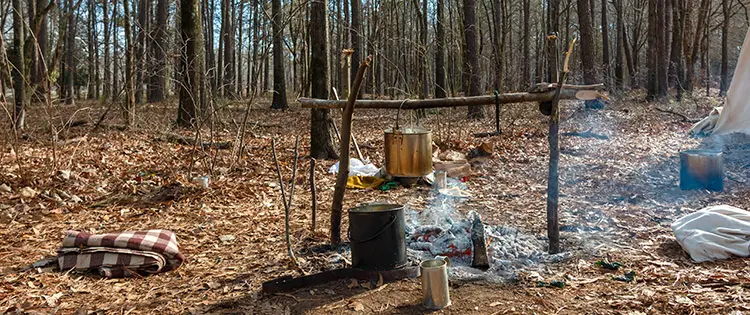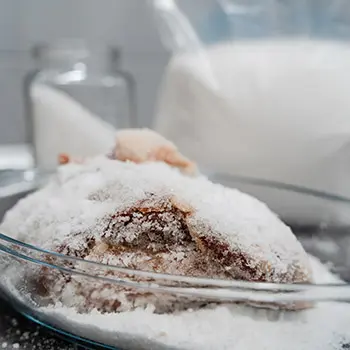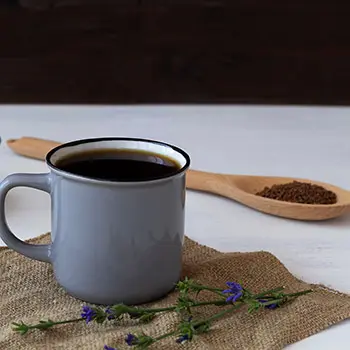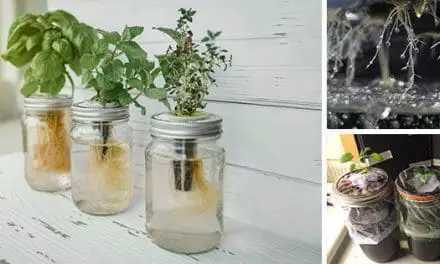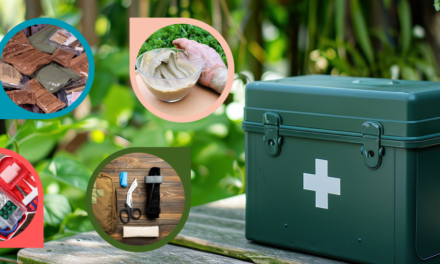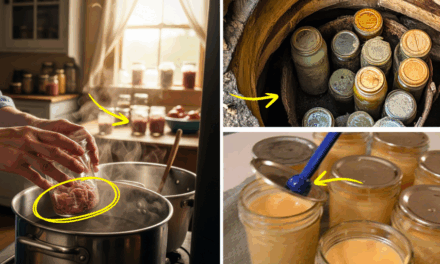The Civil War’s hidden battleground?
Soldiers’ stomachs. During the war, soldiers required sustenance that could endure brutal conditions and long marches.
Forget gourmet meals—these were foods designed to withstand hell and high water. While these weren’t meals to write home about, they kept the boys going.
Ever wonder how they managed without refrigerators? The answer lies in the long-lasting foods that fill their haversacks.
Today, we’ll explore these foods and the techniques used to make them. First up we have:
Hardtack
Ah, hardtack. The bane of a soldier’s existence and yet, often their only lifeline.
Hardtack is essentially a brick-like slab made from flour, water, and salt, baked until it’s so hard it could double as a construction material. These biscuits are baked to an extreme, ensuring all moisture is removed for maximum preservation.
Nutritionally, hardtack is mostly carbohydrates, with a small amount of protein and minerals. While you can eat it as-is, it’s best to soften it by soaking it in coffee to avoid damaging your teeth. Frying it in salt pork grease adds flavor, and if you’re fortunate enough to have foraged berries, toss them in for a bit of variety.
I call this “skillygalee.”
Dried Beans
Beans may look simple, but they’re invaluable for survival, storing well, and adding bulk to any meal. Dried and kept in sacks, they can last for months or even years, making them a long-lasting food source.
Packed with protein, fiber, and iron, they were a lifesaver for nutritionally deficient soldiers. Beans are versatile in preparation—boiled into soups, mashed into cakes, or even ground into flour for makeshift pancakes.
Related: How to Dry Can Beans and Rice for 20+ Years Shelf Life
Salt Pork
Salt pork is the saltiest, fattiest cut of pork you can imagine—then double the salt. Its intense salt cure ensures it stays preserved for long periods. While high in protein and fat, its sodium content is extreme.
Thinly sliced, salt pork is usually fried, with the grease used to add flavor to hardtack or beans. On better days, it’s cubed and added to a stew. A simple Salt Pork and Bean Stew involves frying diced salt pork until crispy, adding soaked beans with enough water to cover, and simmering for several hours. Foraged herbs, if available, make a great addition to the dish.
Cornmeal
Cornmeal, made from coarsely ground corn kernels, was a staple, especially in the South. When kept dry, it could last for months, making it a reliable food source. Though primarily a source of carbohydrates with some B vitamins, it wasn’t nutritionally complete but helped fill soldiers’ bellies.
The most common dish made from cornmeal was cornbread, though a simple flatbread called corn pone, fried in pork grease, was a favorite. To make it, just mix 2 cups of cornmeal with 1 tsp salt, add hot water to form a batter, and fry in pork grease until golden and crispy.
Related: Foods The Pilgrims Ate When They First Arrived in America
Coffee
Coffee was often little more than roasted corn or chicory root, as real coffee beans were a rare luxury. Roasted and ground for preservation, it wasn’t much for nutrition, but the caffeine was invaluable for keeping soldiers alert during long marches and night watches.
Typically brewed strong and drunk black, it was a morale booster. In a pinch, some men even resorted to chewing the grounds raw for a quick jolt of energy.
Dried Fruits
Dried fruits, primarily apples and berries, were preserved to a leathery consistency, allowing them to last for months as their sugars become concentrated. Nutritionally, they were crucial for providing vitamins and fiber, helping to prevent scurvy and other digestive issues.
These fruits could be eaten as a sweet snack or rehydrated in water or alcohol to create a heartier meal.
Pickles
Pickled vegetables, particularly cucumbers, were preserved in a vinegar brine, which kept bacteria at bay and allowed them to last for months. While low in calories, they provided a good source of vitamin K and probiotics, offering a refreshing change from the soldiers’ usual diet.
Pickles were often eaten straight from the barrel or chopped up to add flavor to otherwise bland meals. Some even drank the brine, claiming it helped prevent muscle cramps.
Related: Pressure Canning 101
How Far We’ve Come
It’s truly remarkable how food preservation has evolved since the Civil War days. Let me break it down for you:
Canning: This is a far cry from the crude tinning we saw during the war. I remember the first time I used a pressure canner – it was like magic! Here’s a quick comparison:
| Civil War Era | Modern Day |
|---|---|
| Limited to tin cans, often poorly sealed | Glass jars with secure lids |
| High risk of botulism | Pressure canners eliminate botulism risk |
| Mostly used for meats and simple vegetables | Can preserve complex meals, sauces, and even cakes! |
Freezing: Now this is something those veterans could’ve only dreamed of back then!
Dehydrating: We’ve come a long way from simply air-drying foods. Modern dehydrators are a homesteader’s best friend. I use mine for everything from herbs to jerky.
Emergency Preparedness
Now, I’m not saying we’re headed for another civil war, but life has a way of throwing curveballs. Having a food stockpile isn’t just for doomsday preppers – it’s a practical sense for every household.
During my time researching the Civil War, I learned that a man with food has options. A man without? Well, he’s at the mercy of circumstance. I recommend keeping a three-month supply of non-perishables for your family. This isn’t about hoarding—it’s insurance.
Don’t overlook water either; store at least a gallon per person per day for a month. It’s also essential to master preservation skills like canning and drying, which I practice regularly. Finally, maintain a seed bank with heirloom varieties so you can grow your own food if needed.
Here’s a starter list for your emergency food stockpile:
Begin with rice, a versatile staple that boasts a long shelf life. Next, include beans, which are rich in protein and fiber, making them an excellent option for bulk meals. Don’t forget canned vegetables and fruits to add nutrition and variety to your diet. Honey is also essential, as it’s a natural sweetener that never spoils. Additionally, salt is crucial for both preservation and enhancing flavor. For a morale boost, consider adding coffee or tea, reminiscent of the old days. Finally, multivitamins are important to prevent nutritional deficiencies during emergencies.
The evolution of food preservation is nothing short of remarkable. But you know what? The core principles remain the same.
Whether you’re a soldier in the field or a homesteader preparing for winter, the goal is identical: keep food safe, nutritious, and edible for as long as possible.
Dutch Oven Recipes Cowboys Survived On
Pioneer Recipes Every Homesteader Should Know (Video)
Wild Edibles Native Americans Survived On During Fall

